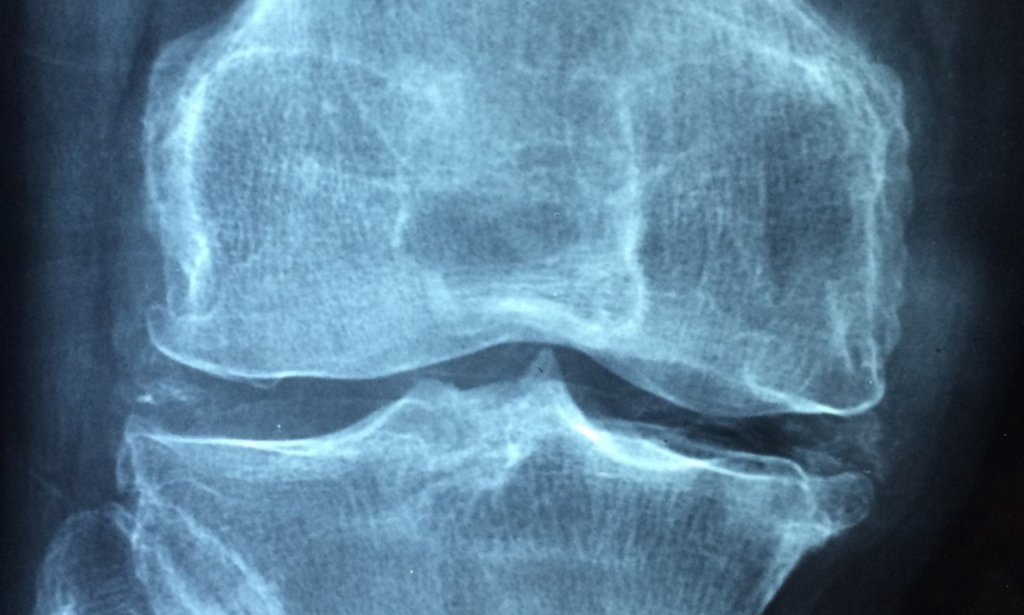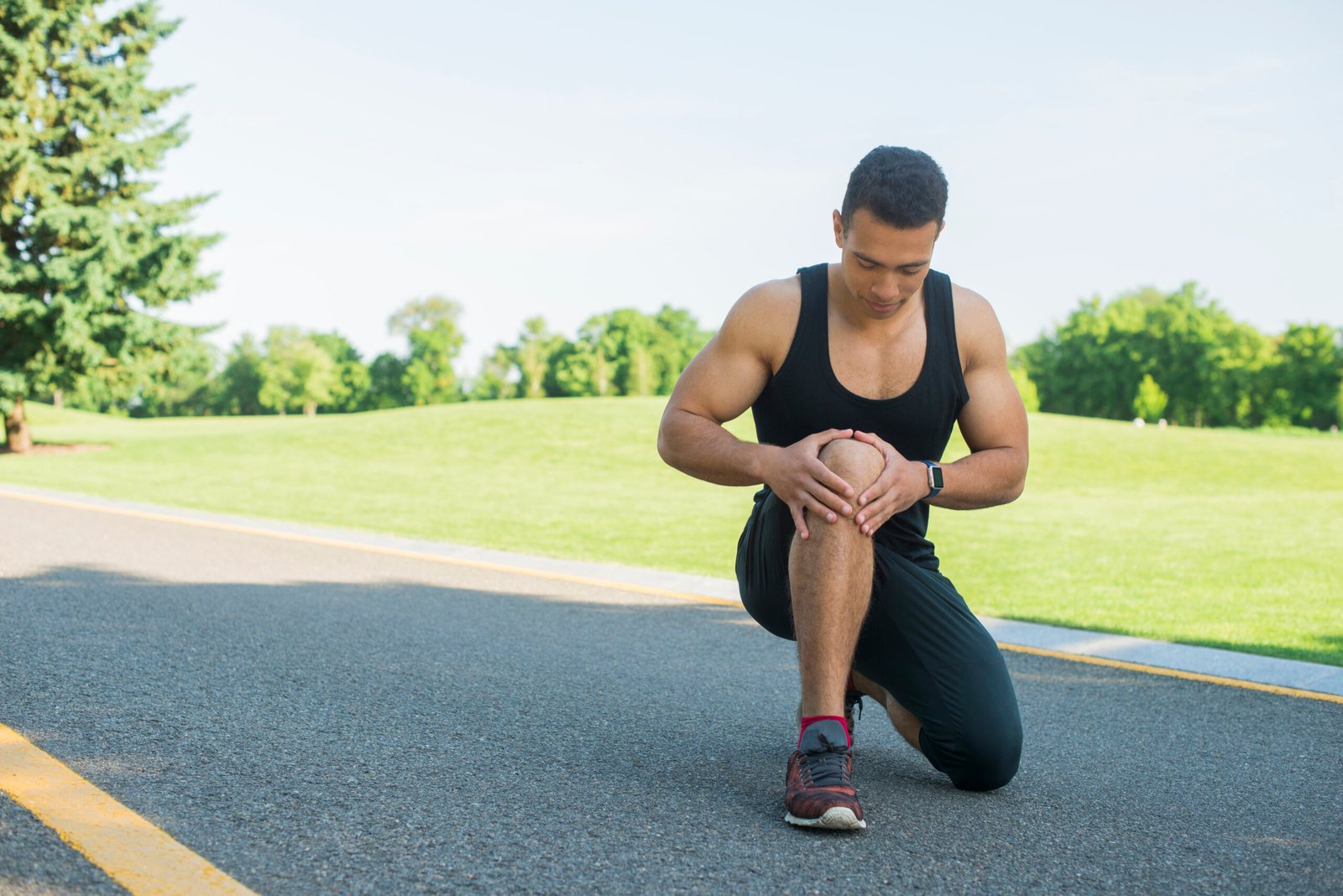Introduction
Knee pain when bending is an unwelcome companion that can disrupt the flow of our daily lives and throw a wrench into our exercise routines. The discomfort and limitations it imposes are not to be underestimated. In this comprehensive guide, we will delve into the intricacies of knee pain, exploring its common causes, unveiling effective at-home remedies, and introducing targeted exercises for lasting relief.
Understanding the impact of knee pain on daily activities and exercise routines is crucial. For many, the simple act of bending the knee can transform into a formidable challenge, hindering movements as basic as climbing stairs or enjoying a brisk walk. The frustration and discomfort associated with knee pain are universal, making it imperative to address its roots and discover practical solutions.
Common Causes of Knee Pain When Bending

Osteoarthritis and General Wear and Tear on Joints:
The wear and tear on joints, a natural consequence of aging, can lead to osteoarthritis—a condition where the protective cartilage in the knee gradually wears away. We’ll explore the mechanisms behind this process and discuss strategies for managing its impact on knee health.
Ligament or Meniscus Injuries:
Knee pain often stems from injuries to the ligaments or meniscus, crucial components for maintaining joint stability. We’ll investigate the various types of injuries, their causes, and potential treatment options, shedding light on how rehabilitation plays a pivotal role in recovery.
Patellar Tendonitis:
The inflammation of the patellar tendon, connecting the kneecap to the shinbone, can cause significant discomfort during bending. We’ll examine the factors contributing to patellar tendonitis and suggest tailored approaches for alleviating pain and promoting healing.
IT Band Syndrome:
The iliotibial (IT) band, a fibrous tissue running along the outside of the thigh, can cause knee pain when it becomes irritated or inflamed. We’ll explore the dynamics of IT band syndrome and outline stretches and exercises to address this specific source of discomfort.
Read Also: Chest Infection: Unveiling the Causes, Symptoms, and Treatments
At-Home Remedies for Knee Pain

Knee pain when bending can be a common and debilitating issue, affecting individuals of all ages and lifestyles. Whether caused by injury, overuse, or underlying conditions like arthritis, finding relief at home is often a priority for those seeking to improve their daily quality of life. While it’s essential to consult with a healthcare professional for a thorough diagnosis, there are several at-home remedies that can help manage and alleviate knee pain during bending.
Rest and Ice:
One of the first steps in managing knee pain is to provide the joint with adequate rest.
Apply ice packs for 15-20 minutes every two hours during the initial stages of pain to reduce inflammation and numb the area.
Elevate and compress:
Elevating the affected leg helps reduce swelling by allowing fluids to drain away from the knee.
Compression with an elastic bandage can provide additional support and minimize swelling.
Gentle Exercise:
Low-impact exercises, such as swimming or stationary cycling, can help maintain joint flexibility and strengthen the muscles around the knee without causing further stress.
Perform exercises recommended by a physical therapist to target specific muscle groups and improve overall joint stability.
Heat Therapy:
Applying heat, either through a warm compress or a hot bath, can help relax muscles and improve blood circulation, promoting faster healing.
Heat therapy is particularly beneficial for chronic knee pain and stiffness.
Anti-Inflammatory Medications:
Over-the-counter nonsteroidal anti-inflammatory drugs (NSAIDs), such as ibuprofen, can help reduce pain and inflammation.
However, it’s crucial to follow the recommended dosage and consult with a healthcare professional, especially if there are pre-existing health conditions.
Maintain a healthy weight.
Excess body weight can contribute to increased stress on the knees, exacerbating pain.
Adopting a healthy diet and engaging in regular low-impact exercises can aid in weight management and alleviate knee discomfort.
Proper footwear and orthotics:
Wearing supportive footwear can make a significant difference in relieving knee pain during daily activities.
Orthotic inserts may provide additional support and alignment, reducing strain on the knees.
Massage and stretching:
Gentle massage can help relax the muscles around the knee and improve flexibility.
Incorporate stretching exercises into your routine to enhance joint mobility and reduce stiffness.
Exercises for Knee Pain Relief

Knee pain can be a stubborn companion, especially when it comes to bending activities. Whether it’s climbing stairs, squatting, or even sitting down, the discomfort can be a constant reminder of the importance of knee health. Fortunately, there are exercises specifically designed to provide relief and improve flexibility without exacerbating the pain. Let’s explore five unique exercises that can help you bend without breaking.
Seated leg raises:
Start by sitting on a sturdy chair with your back straight. Slowly lift one leg straight out in front of you, holding it in place for a few seconds before lowering it back down. Repeat this movement with the other leg. Seated leg raises engage the quadriceps without putting excessive pressure on the knees, making them an excellent exercise for building strength and flexibility.
Heel Slides:
Lie on your back with both knees bent and your feet flat on the floor. Slowly slide one heel along the ground, straightening your leg as much as is comfortable. Hold for a moment before bending the knee and returning to the starting position. This exercise helps improve knee mobility by gently stretching the muscles around the joint.
Quad Contractions:
Sit or lie down with your legs straight. Tighten the muscles on the front of your thigh (quadriceps) and hold for a count of five. Relax and repeat. This simple isometric exercise can be done almost anywhere and helps strengthen the quadriceps without requiring knee movement.
Mini Squats:
Stand with your feet shoulder-width apart and lower your body into a partial squat, keeping your knees behind your toes. Hold for a few seconds before slowly returning to the upright position. Mini-squats are a low-impact way to strengthen the muscles around the knee joint, providing support and stability.
Step-Ups:
Using a sturdy step or platform, step up with one foot and then bring the other foot up. Step back down with the leading foot and then the trailing foot. Step-ups engage the muscles around the knee and improve range of motion. Start with a low step height and gradually increase as your strength improves.
Conclusion
Understanding the nuances of knee pain when bending is the first step towards effective management. By addressing the common causes, exploring at-home remedies, and incorporating targeted exercises into our routines, we can regain control over our knee health. It’s crucial to acknowledge the significance of consulting a physician for persistent or severe knee pain, as they can offer personalized guidance and ensure a holistic approach to recovery.
As we wrap up this exploration, let’s recap the key takeaways and encourage readers to take an active role in nurturing their knee health. By embracing the remedies and exercises discussed, individuals can embark on a journey towards lasting relief and a renewed sense of mobility. It’s time to bid farewell to knee pain and welcome a future filled with flexible, pain-free movement.
Call-to-Action
Are you ready to take charge of your knee health? Incorporate some of the exercises and remedies discussed in this post into your daily routine. Remember, consistency is key. If your knee pain persists or worsens, don’t hesitate to consult a physician for personalized guidance. Your journey to lasting knee relief starts now—embrace it with determination and resilience.
